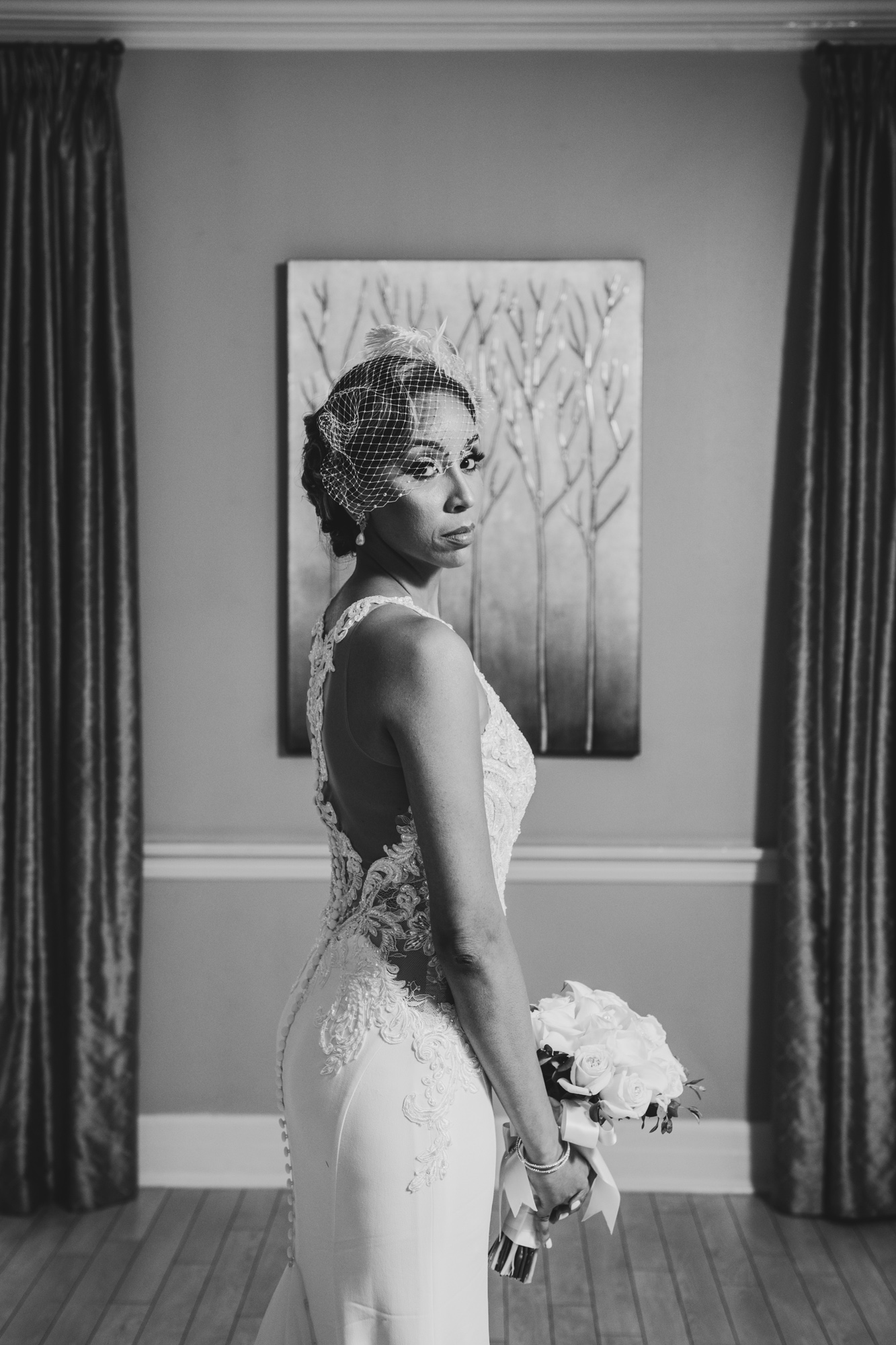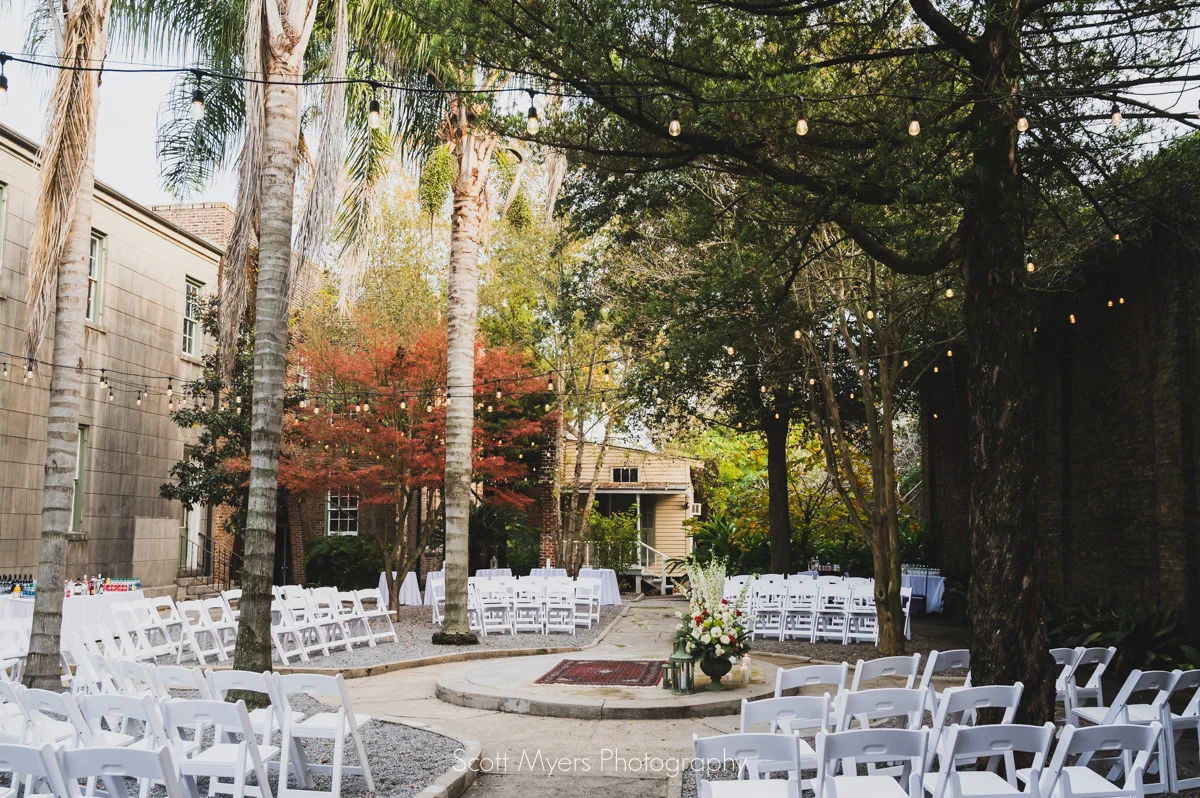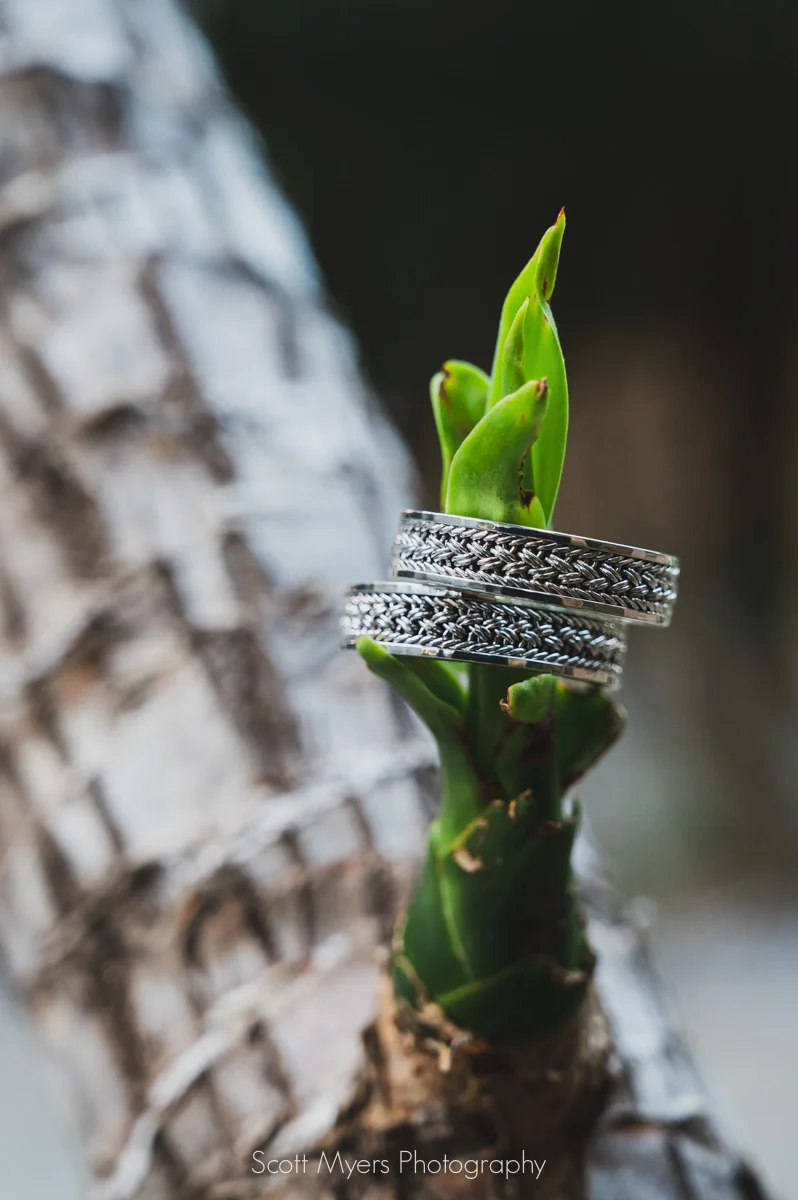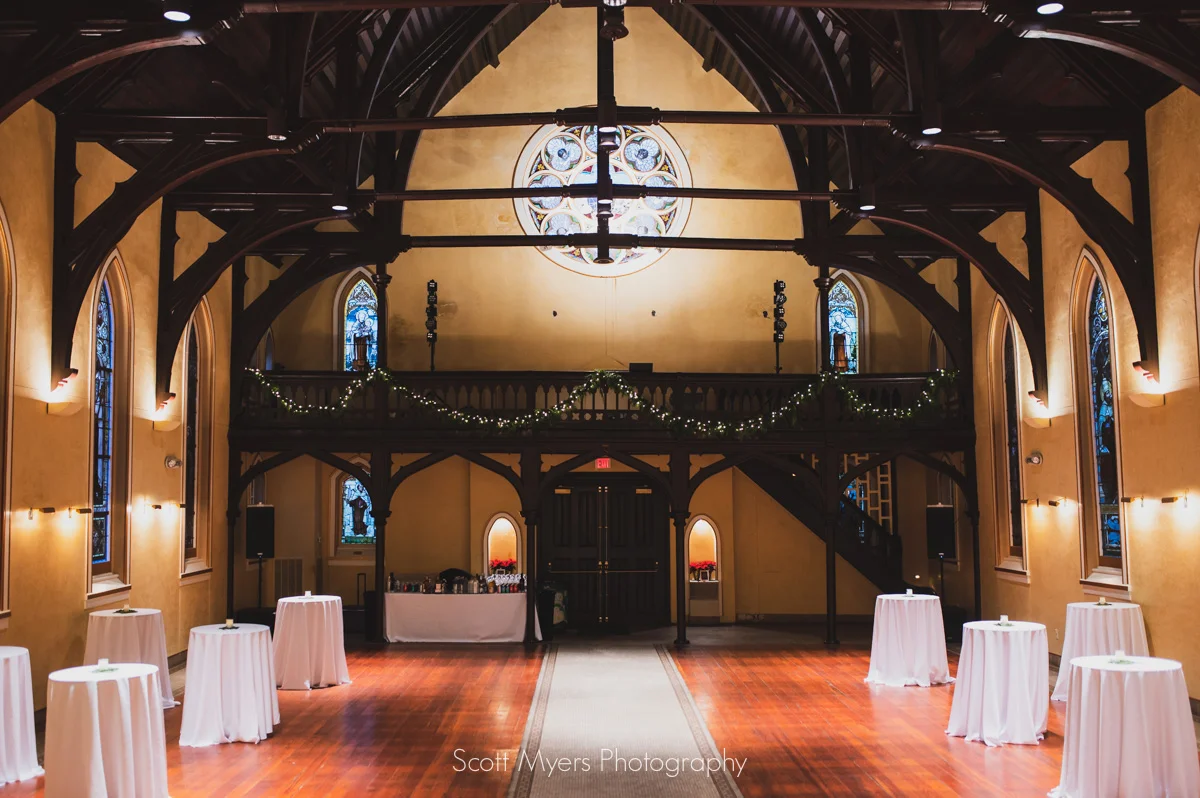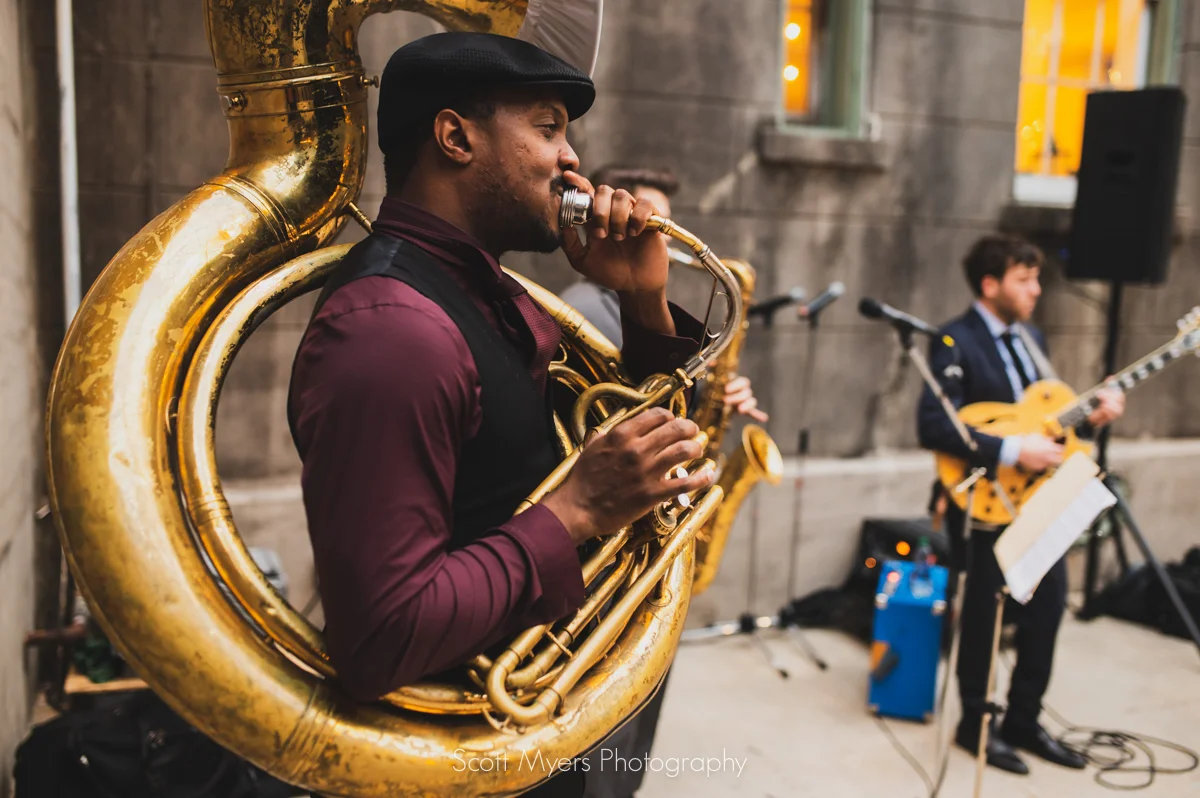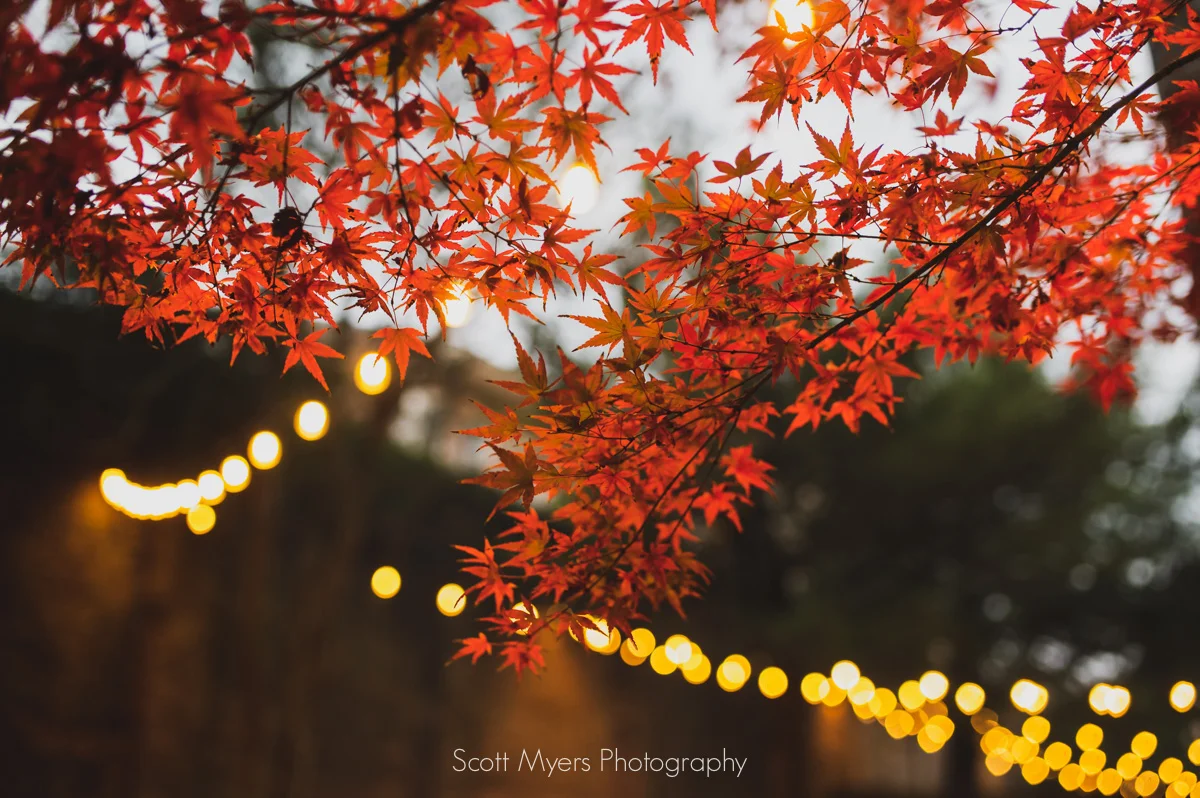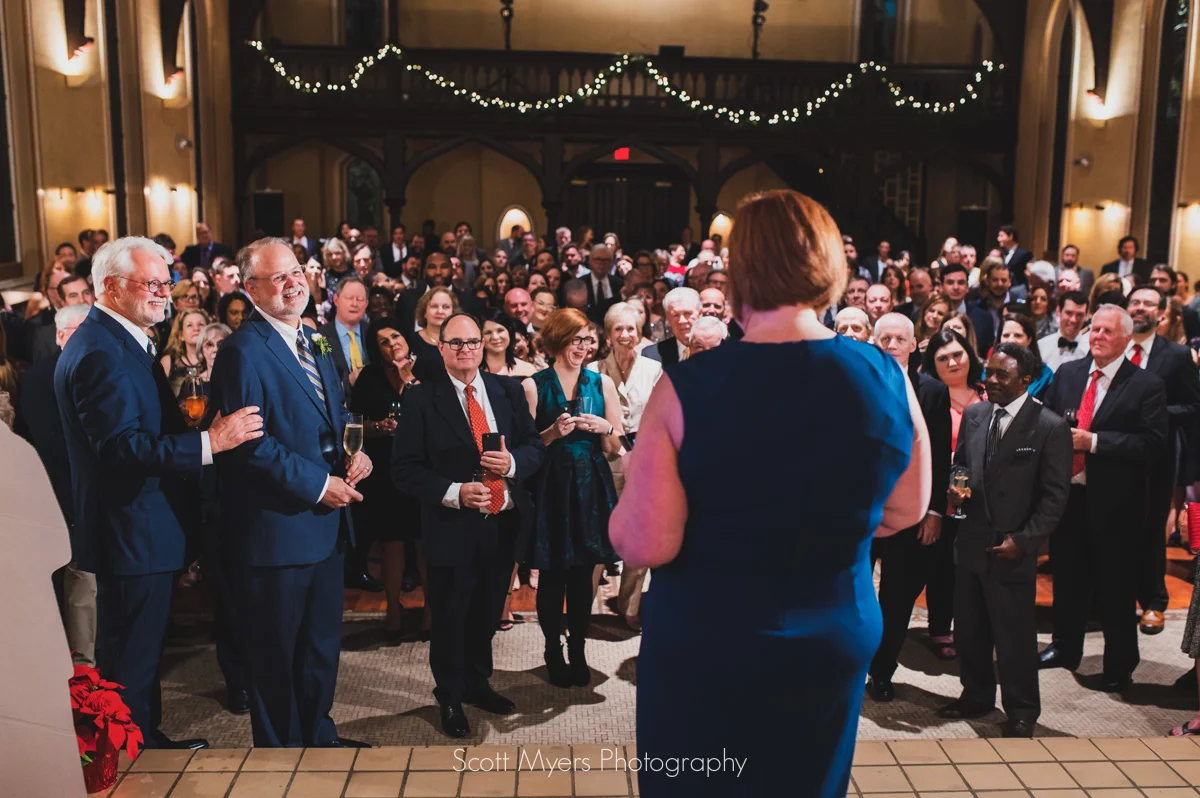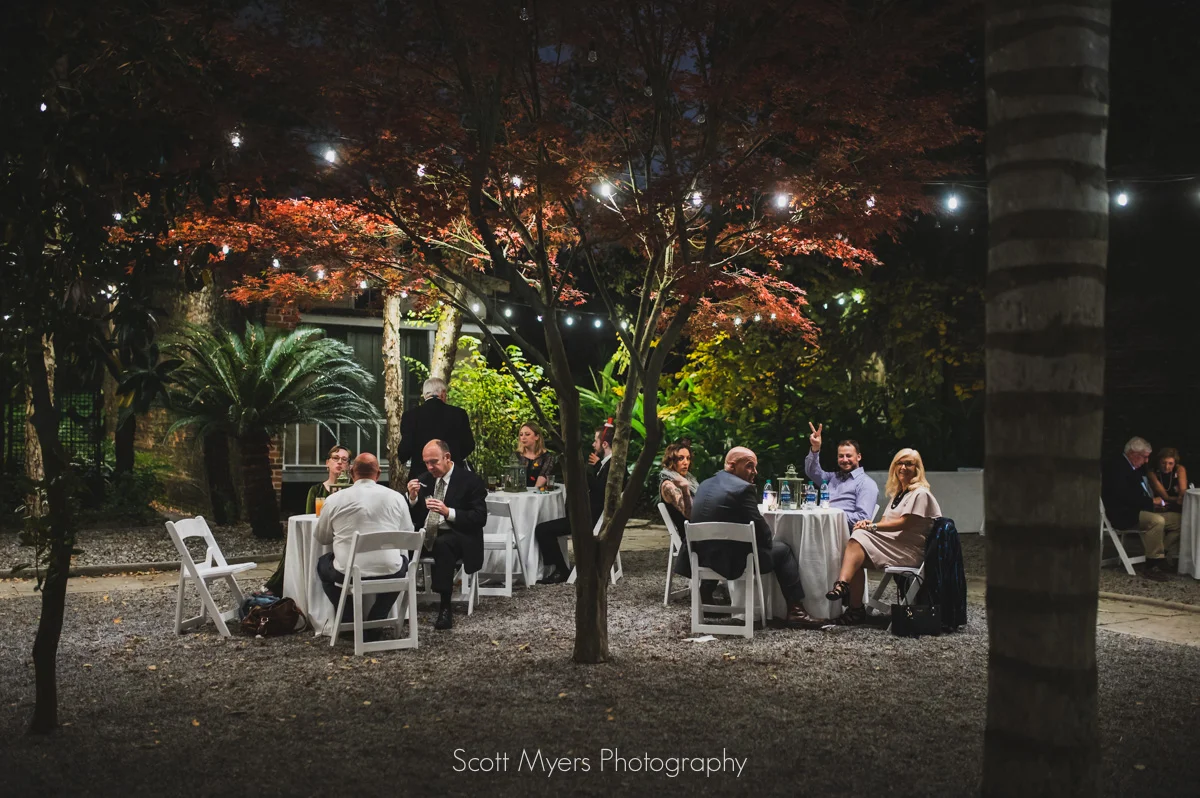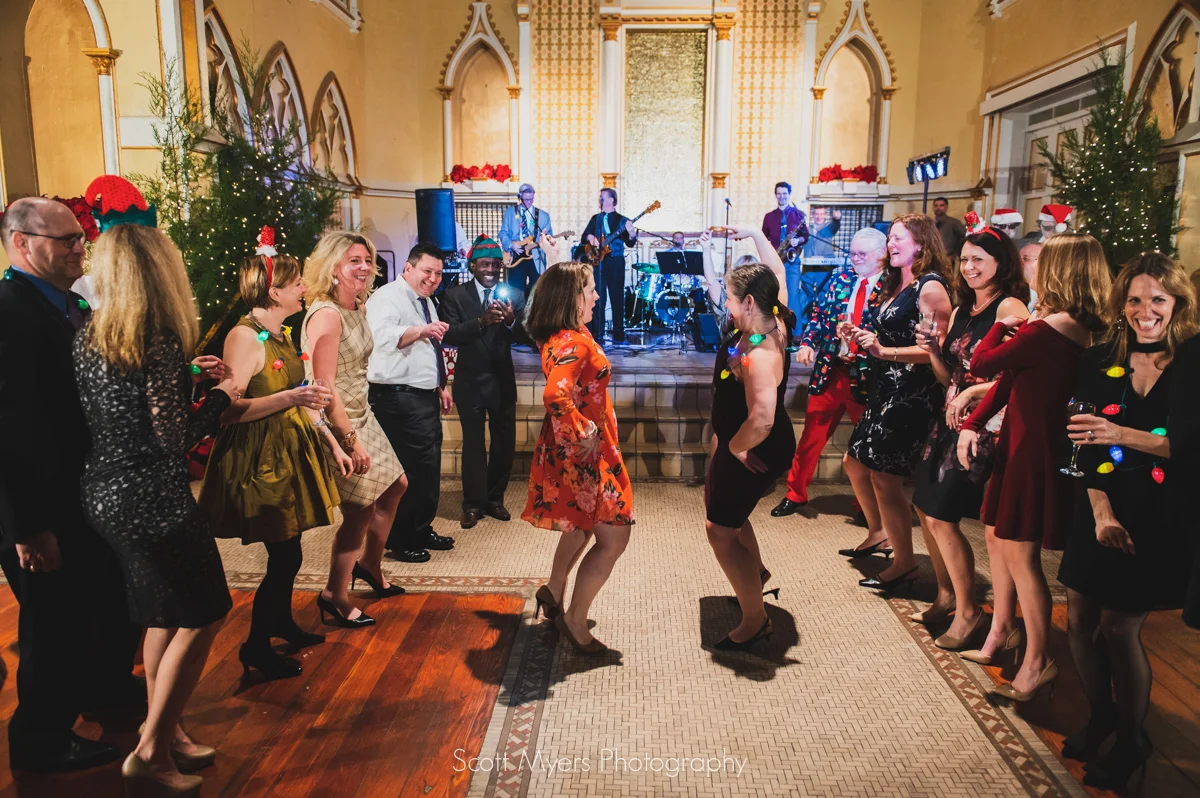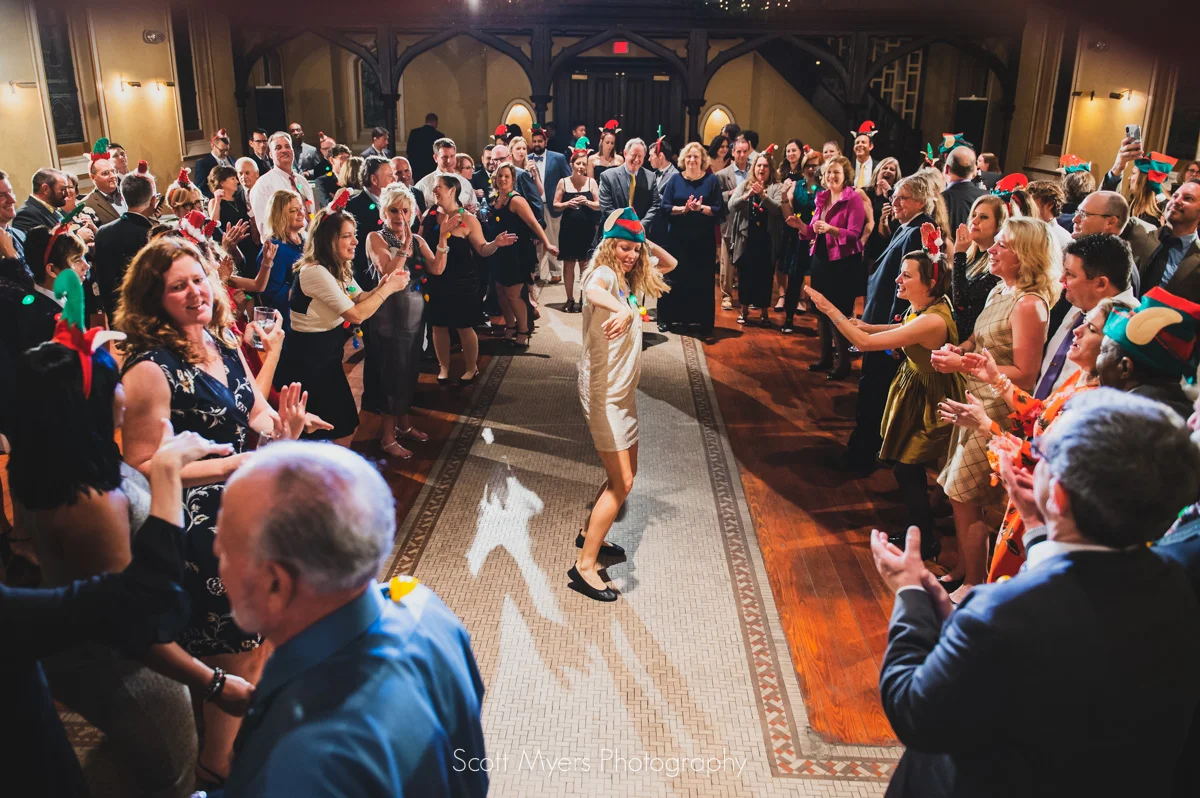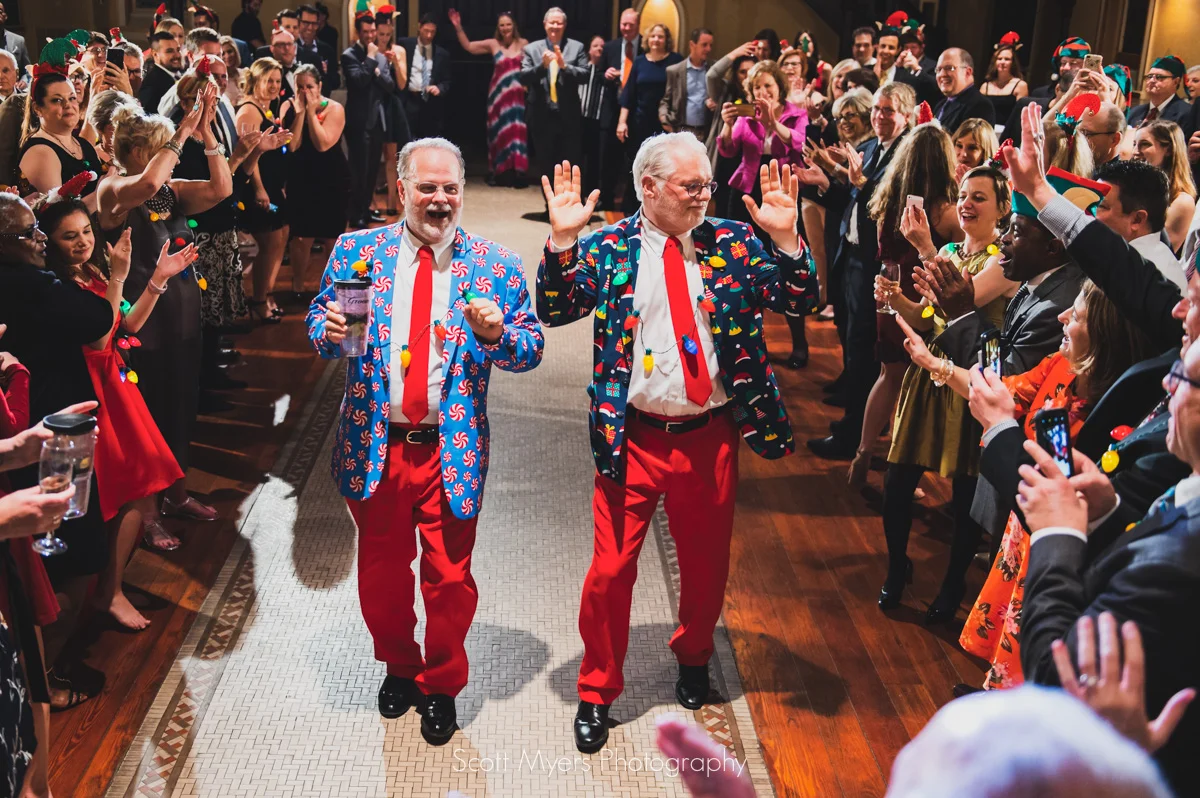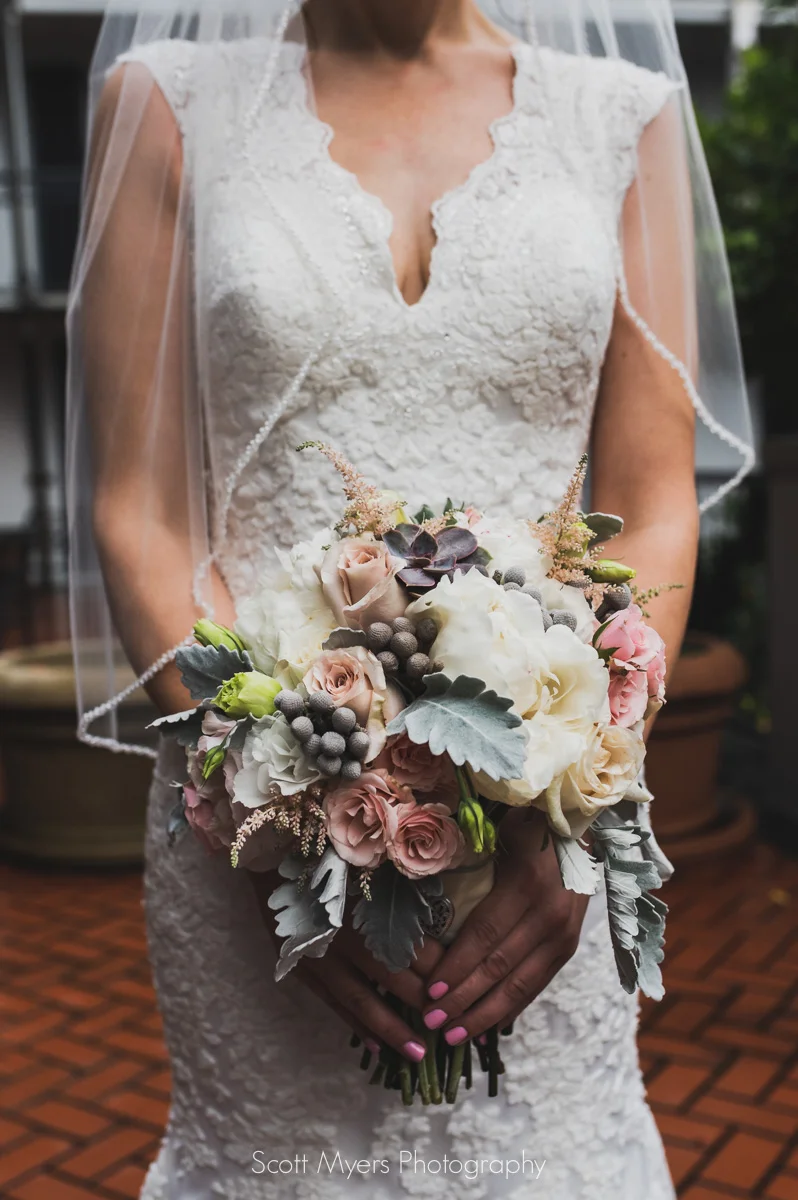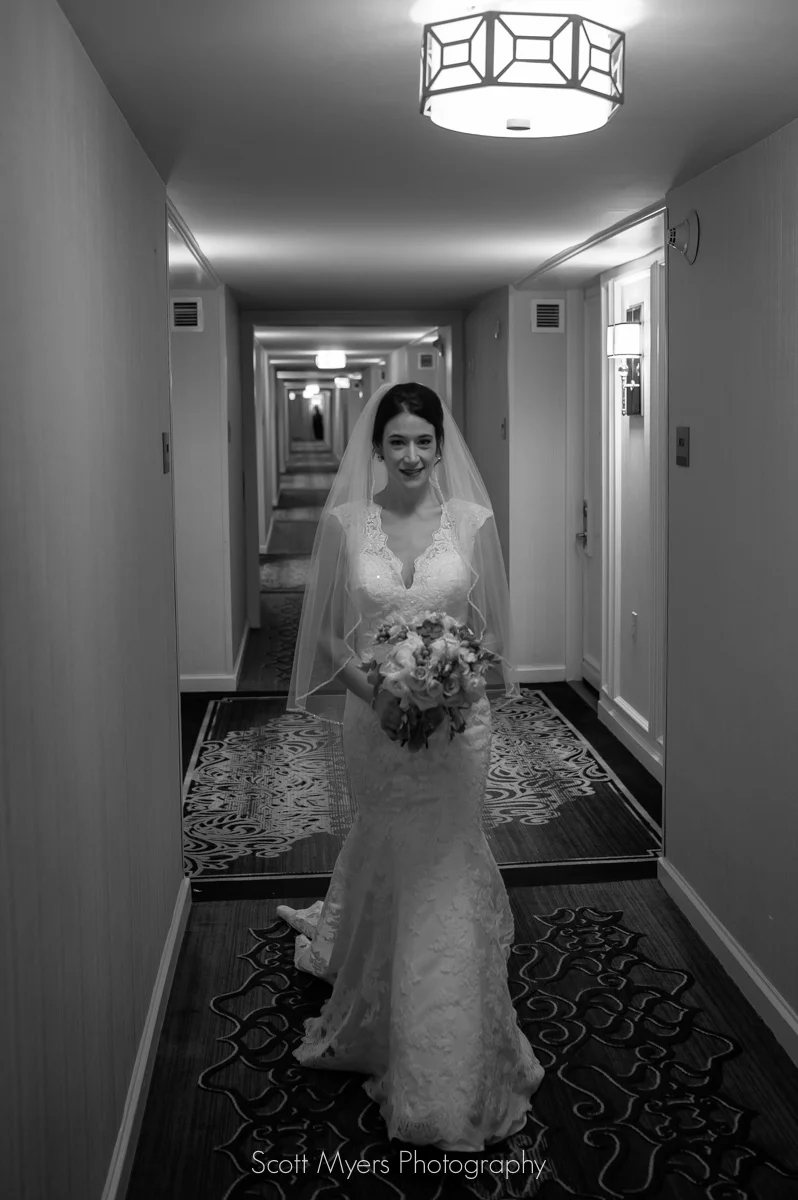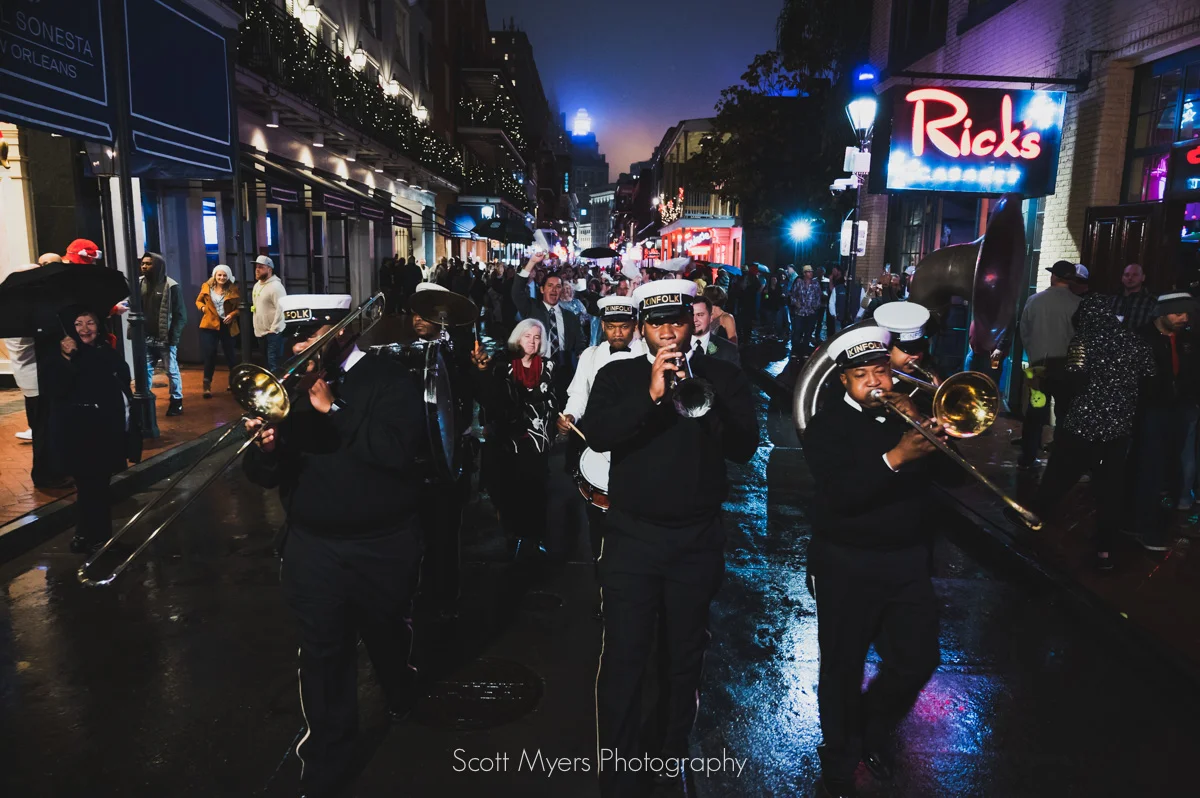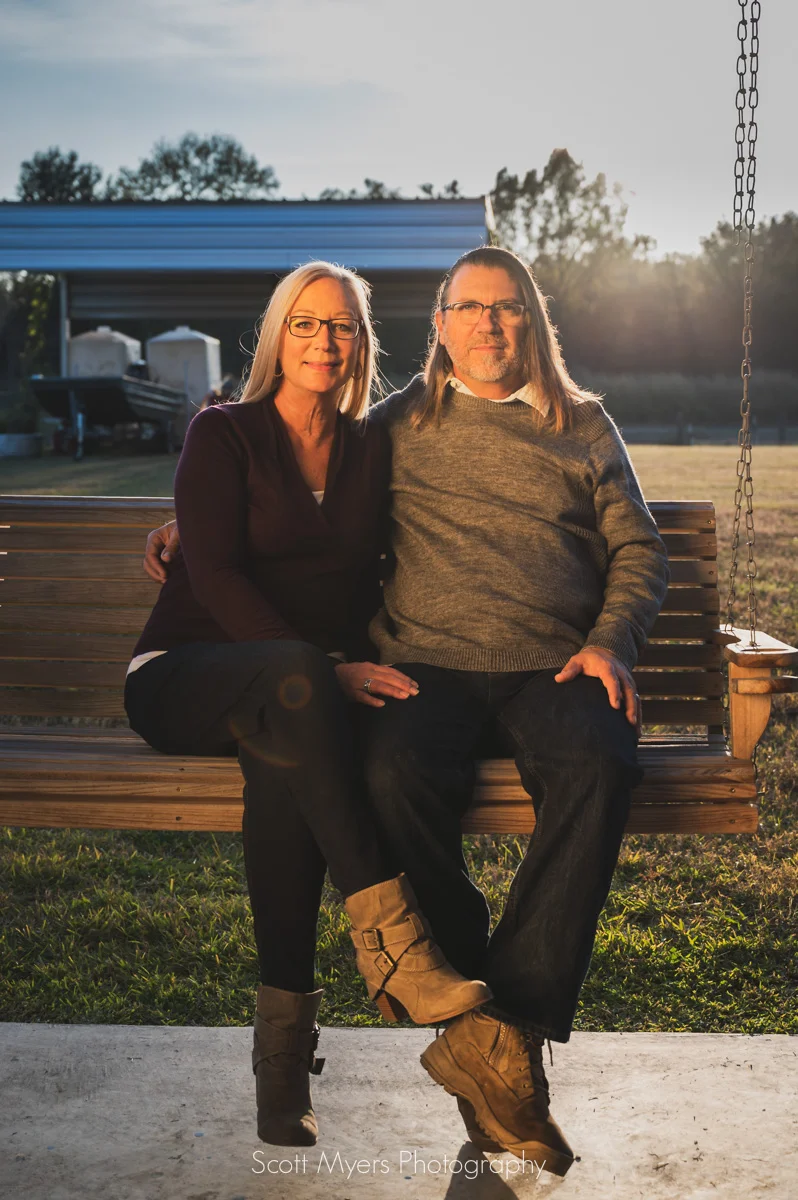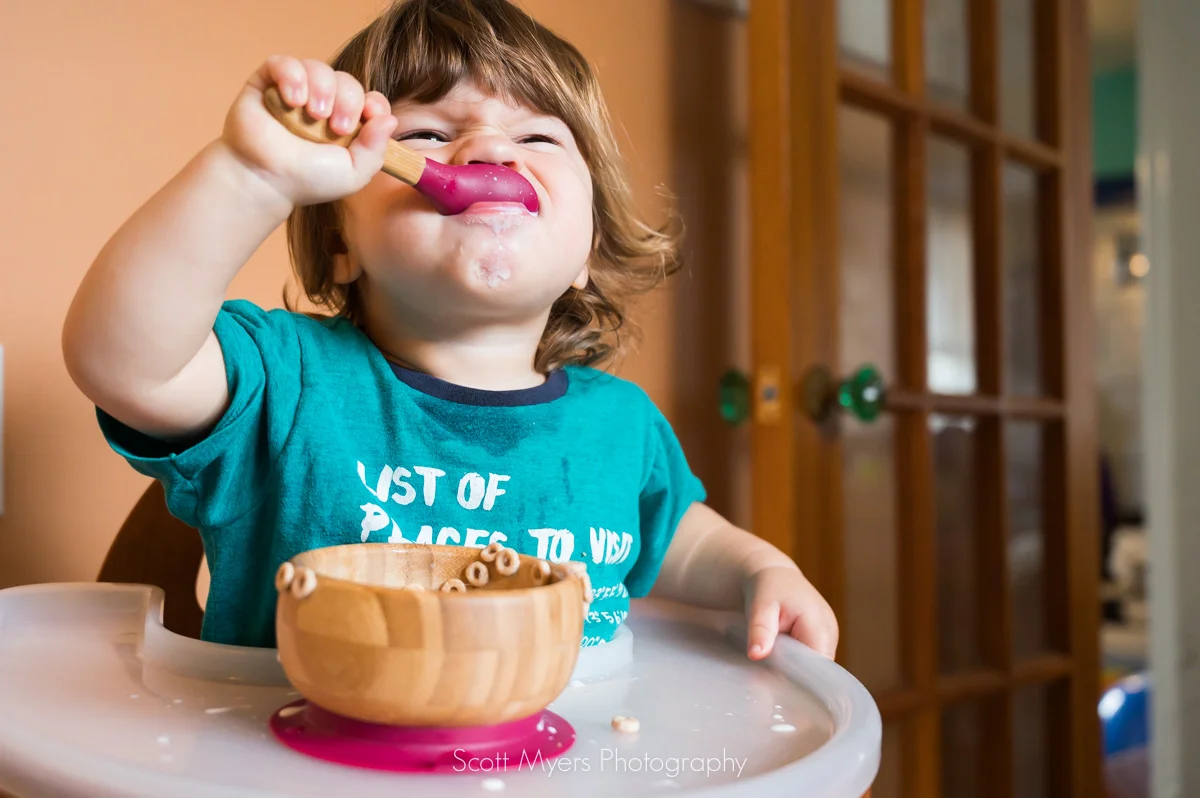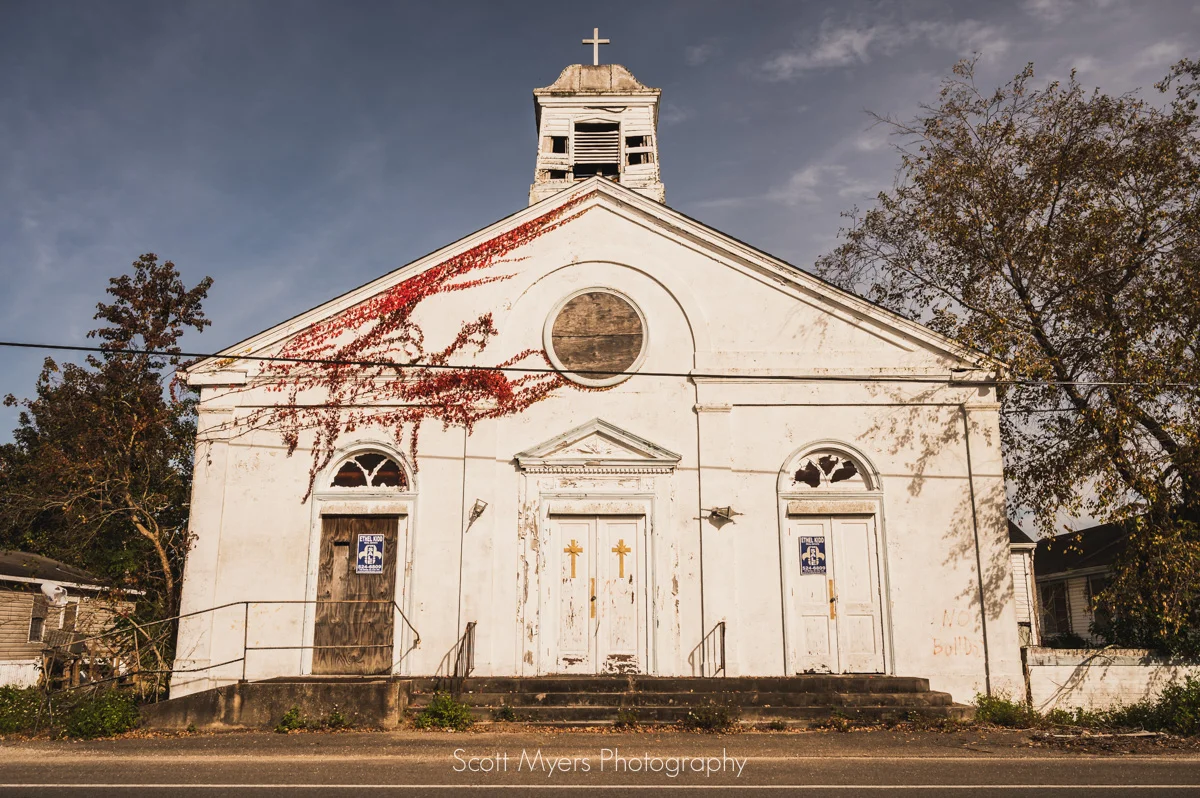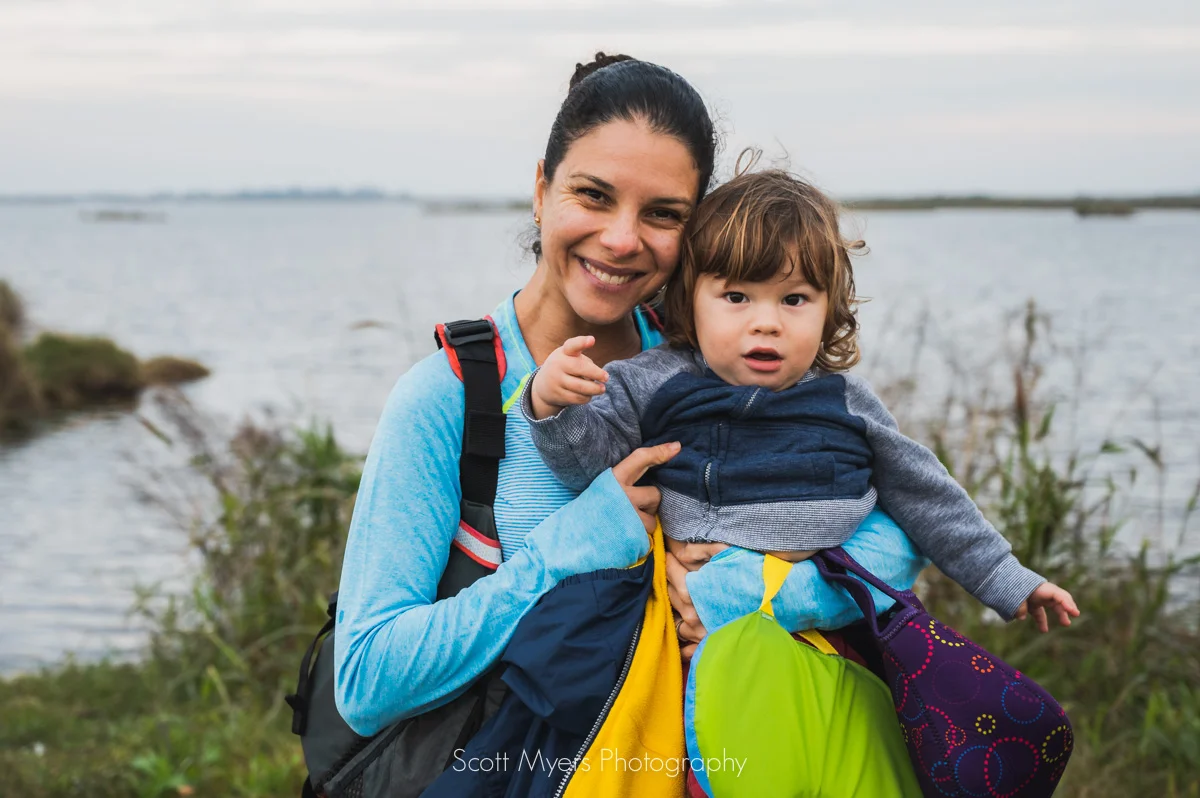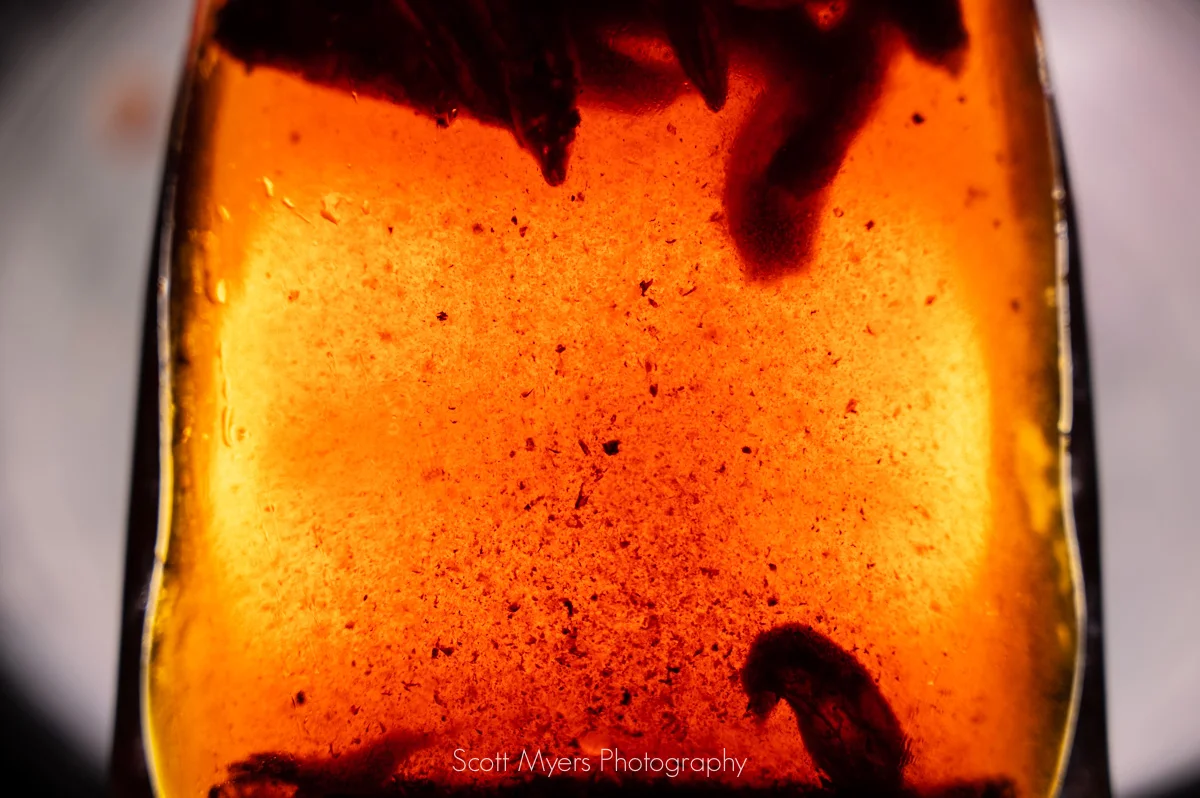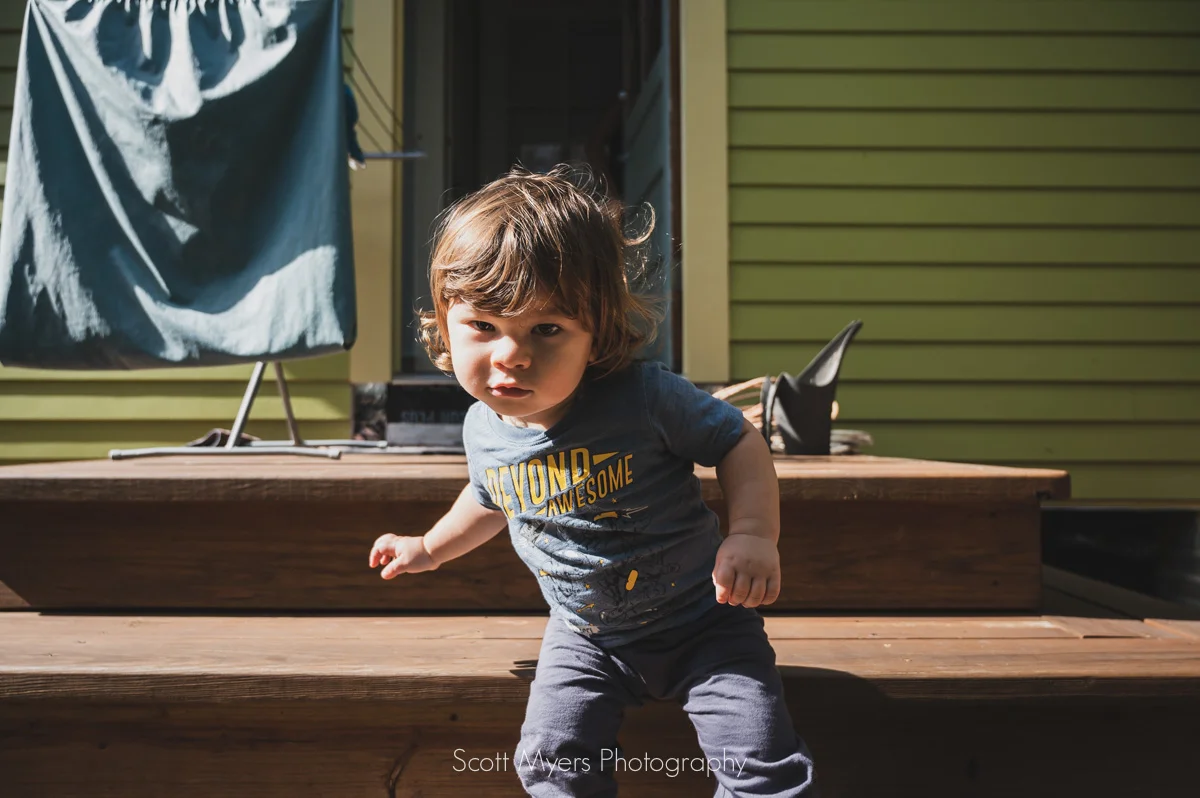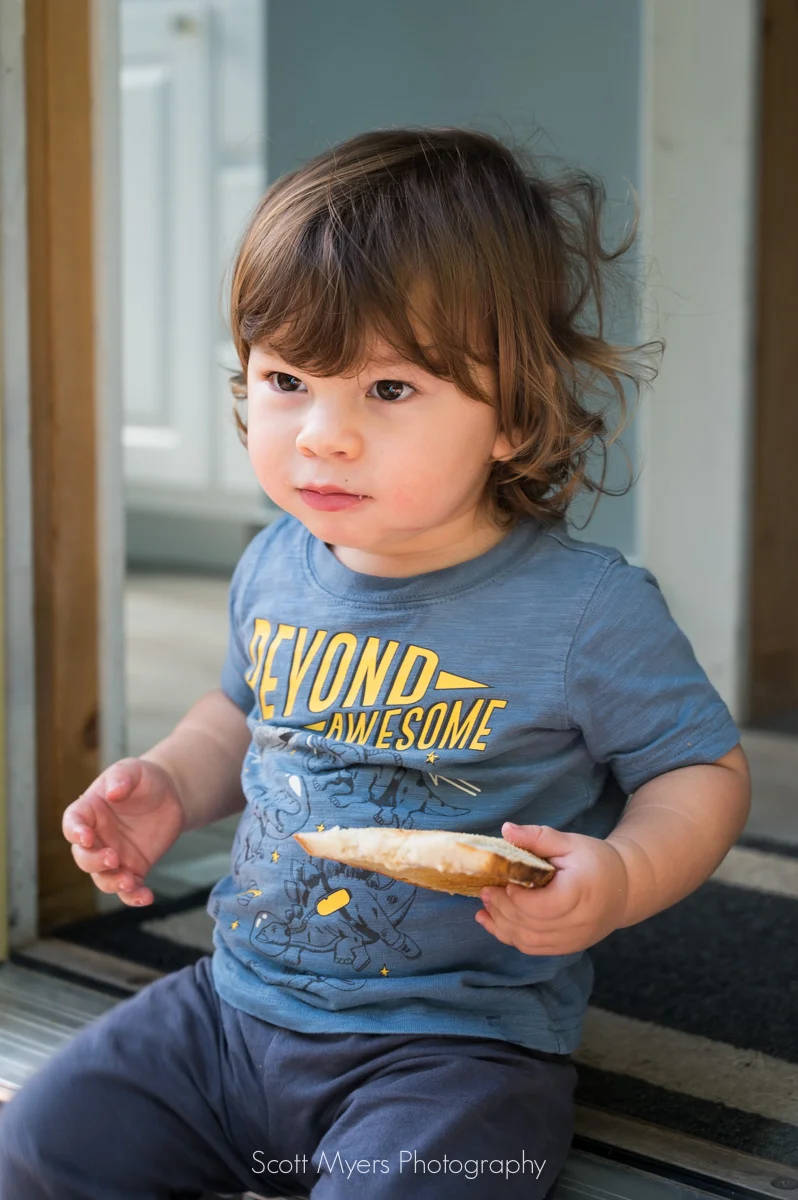Nikon Z6 - Full Frame Mirrorless Camera - Initial Review and First Impressions
When Nikon first announced the Z line of mirrorless cameras, I was immediately intrigued, but knew that I didn’t necessarily need all the capabilities of the Z7 model, with it’s huge megapixel count and higher price tag. I was excited at the specs announced for the Z6, and kept an eye open for when it would be announced. I shoot weddings and events primarily with a D850, using a D750 or D800 as a second body. I knew that a) I didn’t need another high-megapixel body, b) needed a body that works well with my 70-200mm zoom, and c) wanted an upgrade in terms of video specs. I do own a Fujifilm X-Pro 2, but have not found it very satisfactory for shooting events, partially because of the smaller viewfinder and slower focusing, partially because the lenses I have for that ecosystem aren’t very conducive to event photography. With the Z6, I reasoned that I could use my existing Nikon F-Mount lenses, retire my backup DSLR bodies, and possibly replace my Fujifilm mirrorless system as a travel setup. I may do a more in-depth review that includes autofocus performance, low-light performance etc in the future, but here are some initial thoughts and images after unboxing it and shooting around the house, as well as on assignment a few times and during several weddings.
ISO 10000 Looking pretty darn good!
Initial Impressions and Thoughts:
1) Ergonomics are pretty good, and I love that it is familiar to me as a Nikon shooter. Buttons are where they are supposed to be. It is not the most comfortable camera for me to use with one hand, based on where the function buttons are and the relatively small body size. I think it will work fine for most folks though, and I will happily take the smaller size and weight reduction.
2) FTZ adapter seems to work great with existing lenses, make sure you pay attention to which lenses it supports autofocus with. I was a bit surprised that a few of my fairly modern lenses do not work with autofocus, although that was my failure to read all the documentation, and nothing on Nikon’s part. Lenses need to be AF-S to work, meaning the lenses have a motor, and aren’t driven by the camera.
3) FTZ adapter has a tripod mount that is not removable, and interferes a bit with my Peak Design plate, unless I make some minor modifications (washers). I’m not sure I totally understand why they put a tripod mount on it, since most bigger lenses that would need it already have that feature.
4) Viewfinder is great. Big, bright, and very little lag for an LCD. I’ve always resisted non-optical viewfinders, but this one is pretty nice to use. Easy to zoom in to check focus, easier to see in low light.
5) In-body-stabilization seems pretty great, makes using longer lenses with the viewfinder more pleasant, in addition to the obvious perks of stabilization.
6) Love the fact that I can shoot video while utilizing the viewfinder rather than the LCD. Particularly in bright situations, such as when I shoot outdoors stuff in my kayak, it can be murder trying to figure out what I’m seeing on an LCD. The Fujifilm X-Pro 2 does not have that ability, which has always bugged me a little.
7) The sensor that switches back and forth from the viewfinder to the screen on the back of the camera is a little more sensitive than may be necessary. When using the screen on the back of the camera, I kept having it switch to the viewfinder when it got too close to my body, or when my finger strayed too close to the viewfinder to choose a focus point or other setting. Good news is, there is a dedicated button for screen choice, and it is easy to lock the camera into just using the screen on the back. Small annoyance, something I’ll get used to.
8) Compared to my DSLR bodies, the lag time when turning on the camera is a little longer. Since the camera uses an LCD at all times, it does eat batteries faster, and I habitually turn it off. Have to remember that it takes a little longer to start up, and I have found myself with it up and in position before it’s ready to shoot several times. Again, just something that will take getting used to.
9) Build quality is good as usual with Nikon. I think the rubber where the button that releases the lens sits is a weak spot, and the door that opens for access to the memory card needs some kind of lock, as it sits right where your thumb is and can be opened accidentally.
10) Yes, having one slot that is XQD is annoying. That is a bit of an Apple-like move, forcing people to adapt. I hate the SD format, but I wish there was an SD slot so that I could use one as backup.
11) Autofocus seems pretty good, but still not as quick as the D850, particularly in low light. I like the autofocus choices, and hope to write a more thorough review after more use and reviewing the weddings I shot with this body.
12) My Sigma 34mm f1.4 Art lens seems to really shine with this body. I haven’t been as impressed with that lens on my D800, which I usually use as a second body, but the D800 does have a reputation for being fussy with autofocus.
All in all, this is an exciting little camera with some serious specs, and I’m glad that I’m now able to work with a single DSLR body, using this as the backup and second body. It gives me a lot more oomph with video, and some nice upgrades vs the Xpro 2 as a travel system in a package that is just a bit bigger. I’ll check in soon with more thoughts after using it further.
Here are some sample images from several weddings, shoots and family stuff. Some of this was edited very quickly just to get this review up. Images are easy to work with in LR, although at this time you have to convert to DNG first, as Lightroom does not yet support the RAW files. A lot of these were shot at high ISO, from 1600-10000, and to my eyes, look very clean. Pleased with the low light performance.
Sample Images:
(click for a lightbox)
